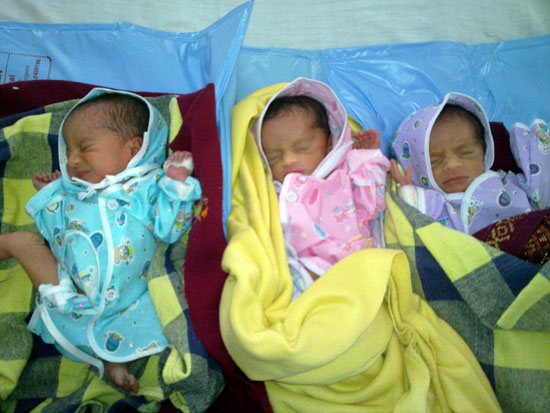Posted inNews
Because a Healthy Mind lives in a Healthy Body
In today’s cutthroat competition era it is mandatory for the children to maintain complete physical fitness too. Keeping this in mind, a Guragon based company, Fitness 365 is organising a…
